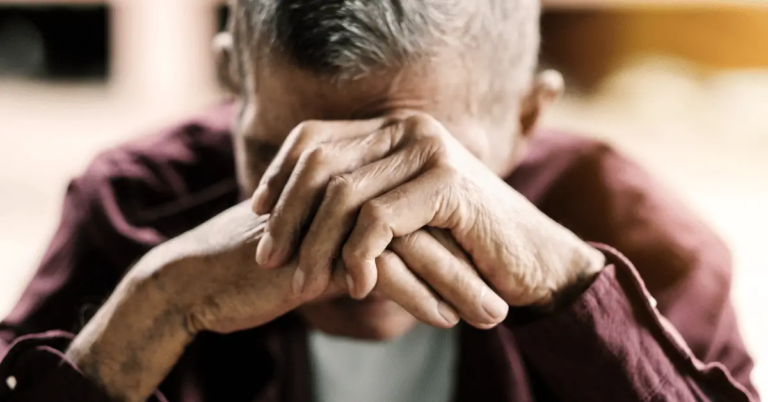While watching Willy Wonka and the Chocolate Factory, did you find it a bit strange that the four grandparents slept in the same bed? You are not alone…. although you may be surprised to know that sleeping in our very own comfy beds is a relatively new concept.
Co-sleeping through time
Try to think of a time where heating or alarm systems did not exist. The average caveman slept on a bed of leaves together with the other members of the tribe to keep warm and protect each other from the dangers lurking in the middle of the night; this custom continued for over millennia.
Beds got introduced in the 15th century and were the most expensive piece of furniture in the household. Therefore, the majority of families were able to afford only one.
Sleeping arrangements place parents, children, servants, and sometimes guests staying over in the same bed. Nonetheless, some basic rules for placid sleeping were observed. The British called it “to pig”: the order that one was assigned in the bed according to their age and gender within the family. Usually, on the mother’s side will be the sisters arranged by age, and on the father’s side will be the brothers in the same order.
Of course, this arrangement did not always work in inducing a restful night for everyone. Perhaps you have heard the anecdote about Benjamin Franklin and John Adams sharing a bed at a New Jersey Inn… spending most of the night fussing about keeping the window open or closed. (1)
Co-sleeping with infants around the World
The custom of co-sleeping between parents and infants is an integral part of various cultures around the globe. In places like Vietnam, the Philippines, and Latin America, babies are often placed in a hammock close to their parent’s bed at night. On other occasions, a wicker basket is arranged between the two parents while in bed. In Japan, parents get their night’s rest by laying on bamboo or straw mats or futons next to their babies. Some of these traditions continue in some cultures due to the belief that it is a way to prevent SIDS (Sudden Infant Death Syndrome). However, there is not sustainable evidence that co-sleeping will prevent it. (2)
Here in the United States, bed-sharing between parents and infants seems to be on the rise. The National Infant Sleep Position Study reported that the practice of bed-sharing between parents and their offsprings went from 5.5% in 1993 to 12.8% in 2000. (3)
Recent Co-Sleeping Study Insights
Parents share their beds with their newborns not only because of their cultural upbringing but also for practical reasons like breastfeeding throughout the night. Furthermore, in recent years it was the belief that bedsharing will make the maternal bond more substantial and help develop a secure attachment style in the infant.
However, a recent study published by the Journal of Developmental & Behavioral Pediatrics showed no relation between bed-sharing and infant-mother bonding or infant behavioral outcomes such as attention levels, hyperactivity, and task persistence. The data collected was based on an observation of 178 infants with their parents in three, six, and eighteen months. Therefore, the team concluded that the data indicated that bed-sharing was either beneficial or adverse for parents and infants. (4)
Sources:











 Subscribe to Ask Dr. Nandi YouTube Channel
Subscribe to Ask Dr. Nandi YouTube Channel










